Swiss forests in a race against time
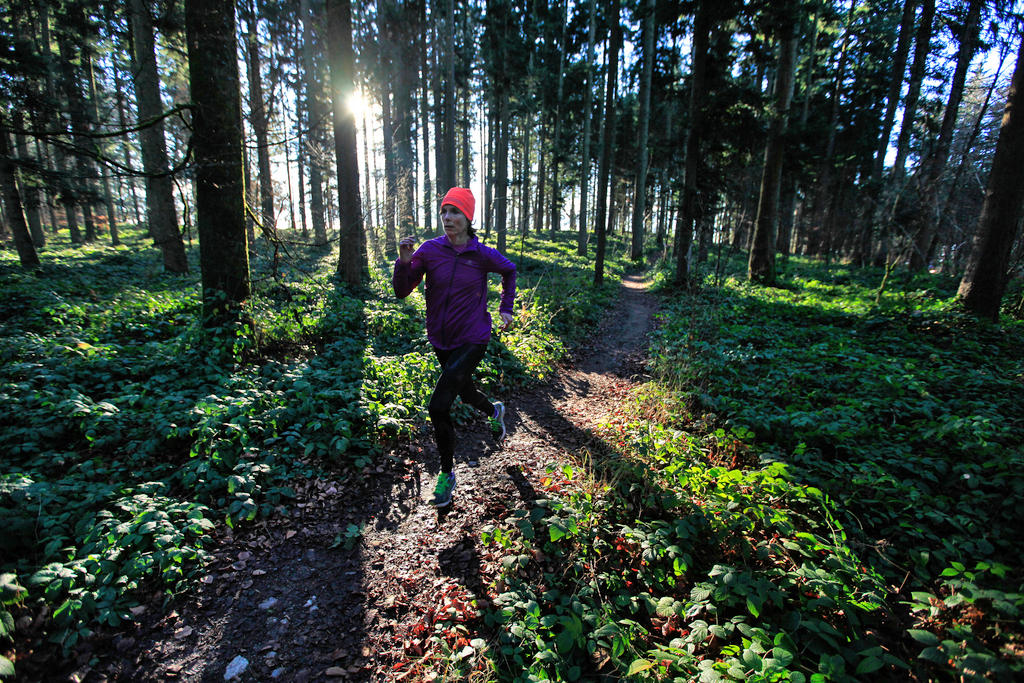
For many Swiss forests, temperatures are rising too fast. Federal engineers are preparing for woodland in the year 2080, by which point they expect Switzerland’s temperatures to have risen by four degrees Celsius.
From warming poles to Alpine glaciers, the signs of climate change are increasingly obvious. Now we also need look no further than our forests.
The spring of 2017 was too hot and the soil too dry for the flat roots of the spruces in the forests around Zurich. However, the dry and hot weather was certainly a boon for the spruce bark beetle, who likes to make a home underneath the tree’s surface. Normally the spruce evicts the beetle by drowning it in resin, but this year there was not enough liquid to do so. Hence, there has been more beetle-infested wood noted in Zurich forests, and in order to prevent further infestation, foresters usually cut down the afflicted trees.
Rising temperatures not only provide the beetle with more food – they also enable it to breed exponentially. Instead of producing one or two new generations, they can bring a third generation into the world in a single summer. A simple calculation thus shows that the number of beetles in a warm year could amount to 3.2 million, compared with 160,000 in a normal year, or 8,000 in a cold year.
Too warm for spruce
Though the spruce still dominates lower and medium elevations in Swiss forests, the species is definitely endangered. Swiss forest experts believe that it will only be able to survive in a few places in the lowlands, and now they are faced with the question of what comes next. They are currently designing the forest of the future for the next 50 or 100 years, when temperatures in Switzerland will be four degrees hotter.
“The trees we plant today will have to grow in a completely different climate”
What is striking is that it is not the ecological fundamentalists and climate alarmists that are tackling the problem. It is the federal scientists and forest experts, one of whom is Christian Küchli of the Federal Office for the Environment (FOEN). For the past ten years, he and his colleagues have worked on the “Forest and Climate Change” research project, along with the Swiss Federal Institute for Forest, Snow and Landscape Research (WSL).
The project was initiated and developed by politicians after Hurricane Lothar in 1999 as well as the unusually hot summer of 2003, both of which caused widespread devastation in Swiss forests. Now, the findings of the study have been published in a 400-page book that describes soberly how climate change affects Swiss forests and what Switzerland can do to prevent imminent disaster.
The trees we plant today will have to grow in a completely different climate,” says Küchli, who is on the research project’s board of directors. With federal meticulousness and within the framework of 40 projects, scientists have evaluated Swiss forests in all their diversity. Slope direction, microclimates and soil condition are all affected by the rising temperatures. By 2080, FOEN expects temperatures to rise by 3.1 to 4.3 degrees in Switzerland.
In light of this, the office is wondering which kind of trees could possibly be planted once spruce and beech can no longer stand the heat. And if the vegetation zones move up by another 700 metres, what would grow in the lowest lowlands of Switzerland?
While Germany has begun planting southern species from Croatia across wide swathes of land, Switzerland is trying to fight climate change with almost surgical precision. “Our priority is to grow local plants, and not rely too much on imported tree species,” Küchli says, explaining the Swiss strategy.
The special thing about this plan is that the researchers do not simply look for individual and more resilient species, but orient themselves around so-called forest associations, specialising in plants. They examine how certain plants develop in the changing climate and are finding that near-natural and species-rich forests are more resilient to wet winters, dry summers and hot temperatures.
Wilderness in the forest is long gone
Swiss forests are not simply the products of nature. For centuries, mankind has interfered to make the forests serve its purposes. In such a densely-populated country as Switzerland, the many benefits of forests are obvious: they purify drinking water, serve as a protective shield against avalanches and rock falls, dampen noise and wind, provide wood, and serve the population’s health. According to a study, the recreation value alone of forests amounts to CHF4 billion ($4.23 billion) per year. “The forest has been the product of cultural activities for the past 7,000 years,” says Küchli.
The oak tree, resistant to heat, storms, and drought, will see a revival in Switzerland.
Though Switzerland’s most important tree, the spruce, may be a native, its omnipresence is due to the fact that about 100 years ago, it was widely planted for its ability to grow well on worn-out soil.
Before that, in the 19th century, then-prevalent oak forests were said to be overused and in bad condition, even though they too were man-made during the colonization by Alemmenic tribes about 1,300 years earlier. The weather-resistant wood was highly valued and its acorns were nutritious food for pigs. “Oaks grow the best ham,” farmers used to say in autumn when they drove their pigs into the woods to find fodder.
Observations in the south of France
The oak tree, resistant to heat, storms, and drought, will see a revival in Switzerland. “It will dominate the forests at lower and medium elevations,” Küchli predicts. “However, we do not yet know how well our native oak will grow in the year 2100. That’s why we are looking at regions that already have the climate we are expecting to have.” For example, Küchli recently travelled to France to look at holm oaks. His excursion took him to Mont Ventoux, about 300 kilometres south of Switzerland.
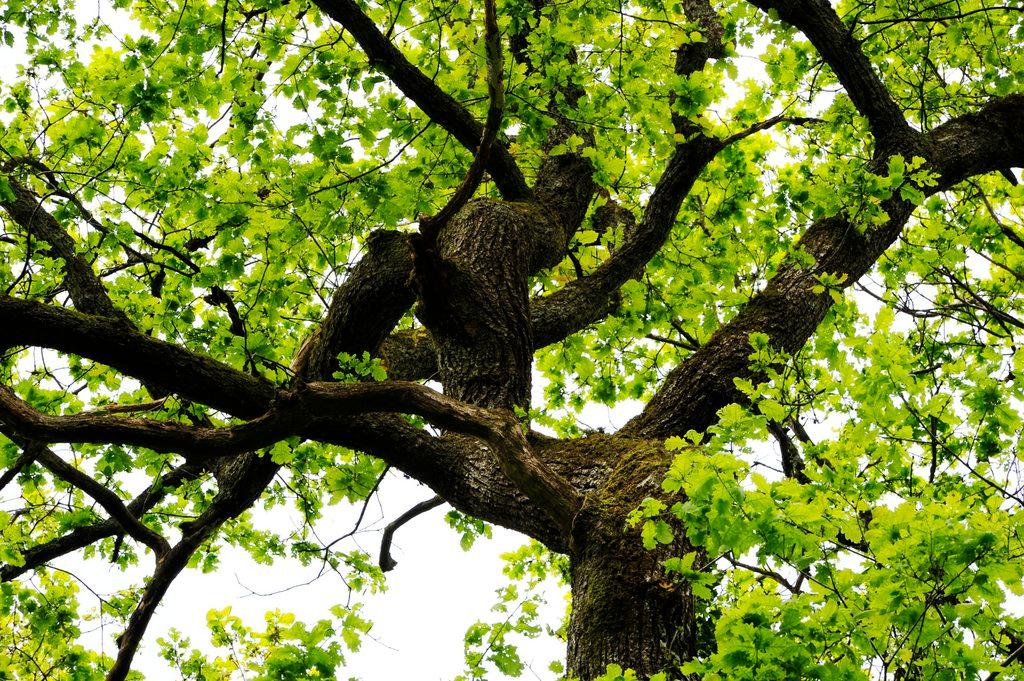
While global temperatures have risen by 0.8 degrees Celsius since the beginning of industrialization, Switzerland has warmed up by 1.7 degrees due to its continental location. And as Switzerland does not really have a climate as such, researchers expect global warming to affect the various latitudes and altitudes differently, and recommendations vary.
Swiss forests are also divided into countless areas and have many different owners such as private proprietors, communities, cantons and local groups. Therefore a standard doctrine for the whole country does not exist. The federal government does not give orders – this would run against the structure of the country – and it merely offers know-how on methods to rejuvenate the forests in a forward-looking way.
However, all the tender love and care Switzerland accords to its forests during these challenging times does not guarantee recovery. While some plants and animals will succumb to new conditions, others will find perfect conditions in which to flourish and multiply.
There are already quite a few animal species that benefit from milder winters. The deer, for one, breeds well and happily nibbles on silver fir and oaks. “Unfortunately, these are the most important tree species in our fight against climate change,” Küchli says. Will wolves and lynx be able to regulate the deer population? Or would the answer be the Douglas Fir, a giant conifer that copes well with dryness and rarely becomes infested with parasites? The downside is that it is not native to the country.
Nature always reacts slowly, but in its own way
Certainties are rare when everything changes. “Storms, droughts and biotic calamities could have negative consequences,” forest engineer Küchli warns. In 1999, Hurricane Lothar brought down millions of trees and many of those that survived were weakened, or attacked by the bark beetle. “Lothar was a disaster for forest owners and forestry,” he says. “For nature, however, the hurricane did not pose a problem.” Nature always reacts, slowly but in its own way. “Climate change happens quickly and if we don’t help the forest to adapt, a lot of its benefits will come under threat.”
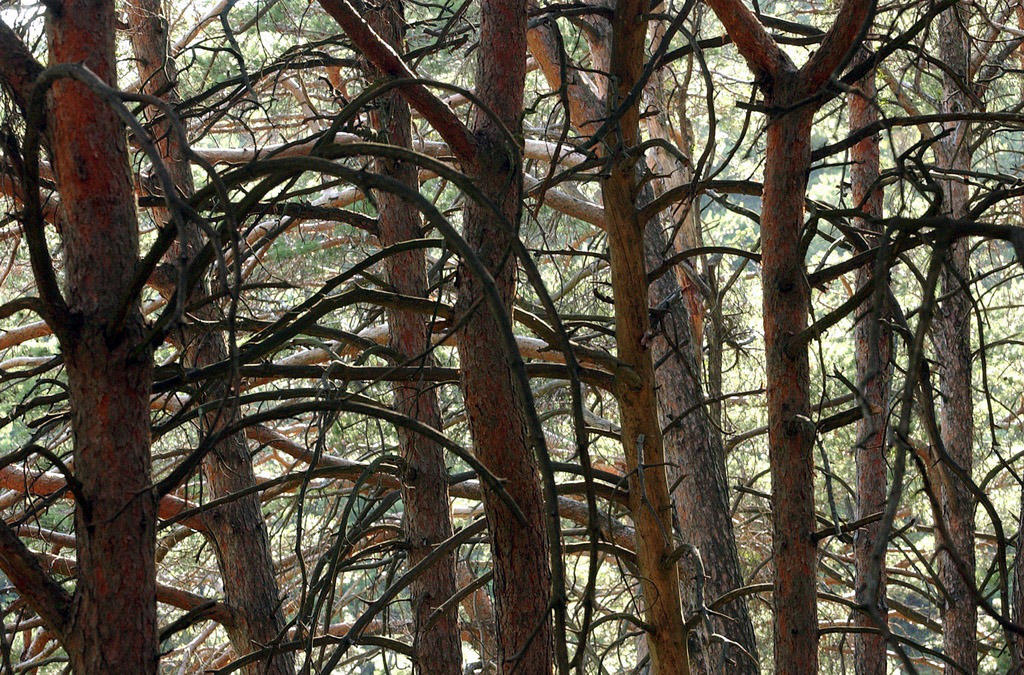
Translated from German by Billi Bierling, swissinfo.ch

In compliance with the JTI standards
More: SWI swissinfo.ch certified by the Journalism Trust Initiative











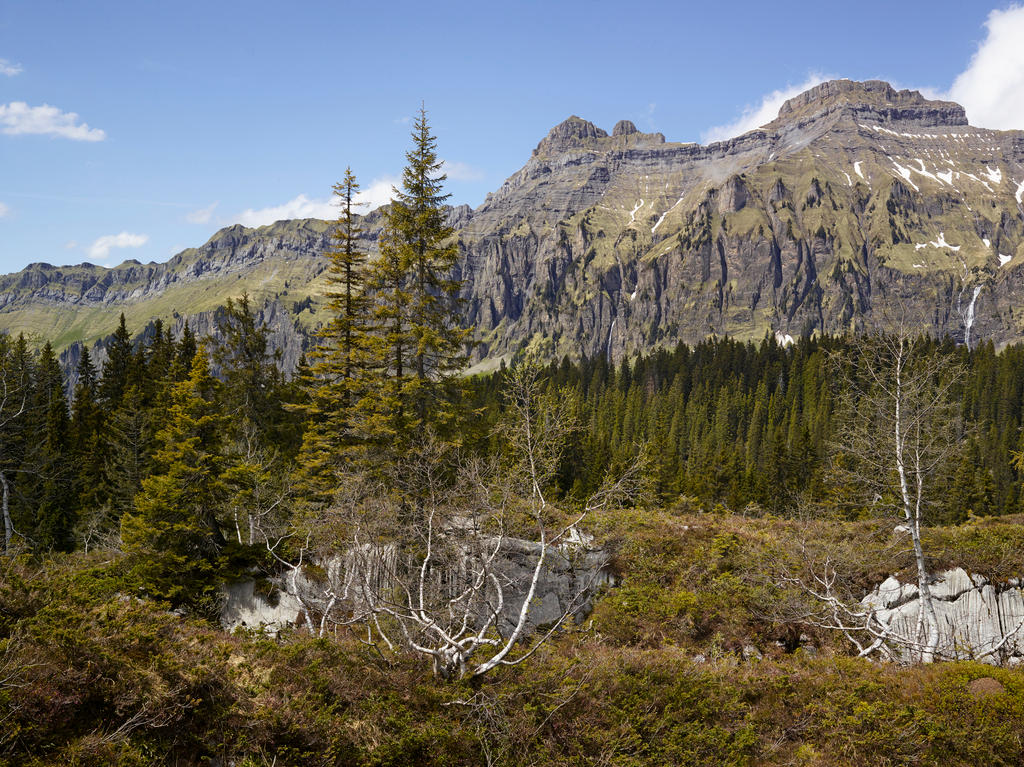
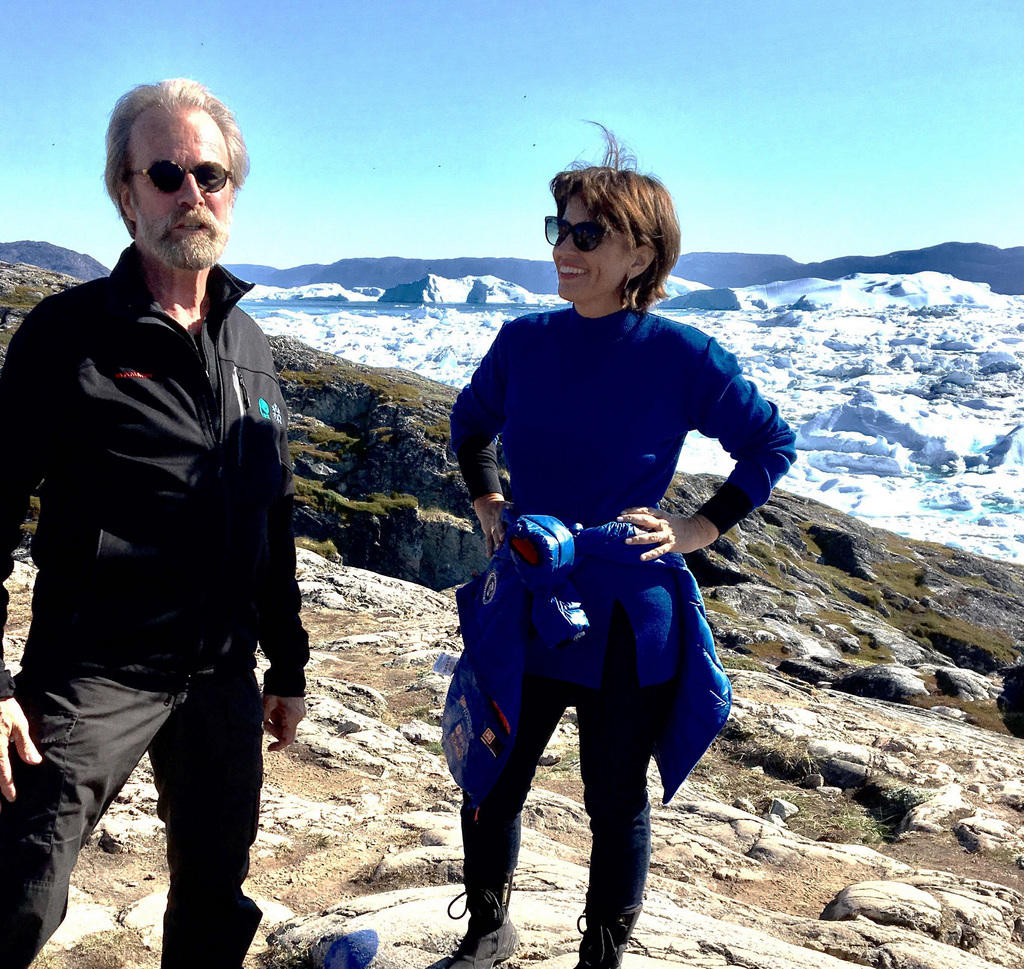
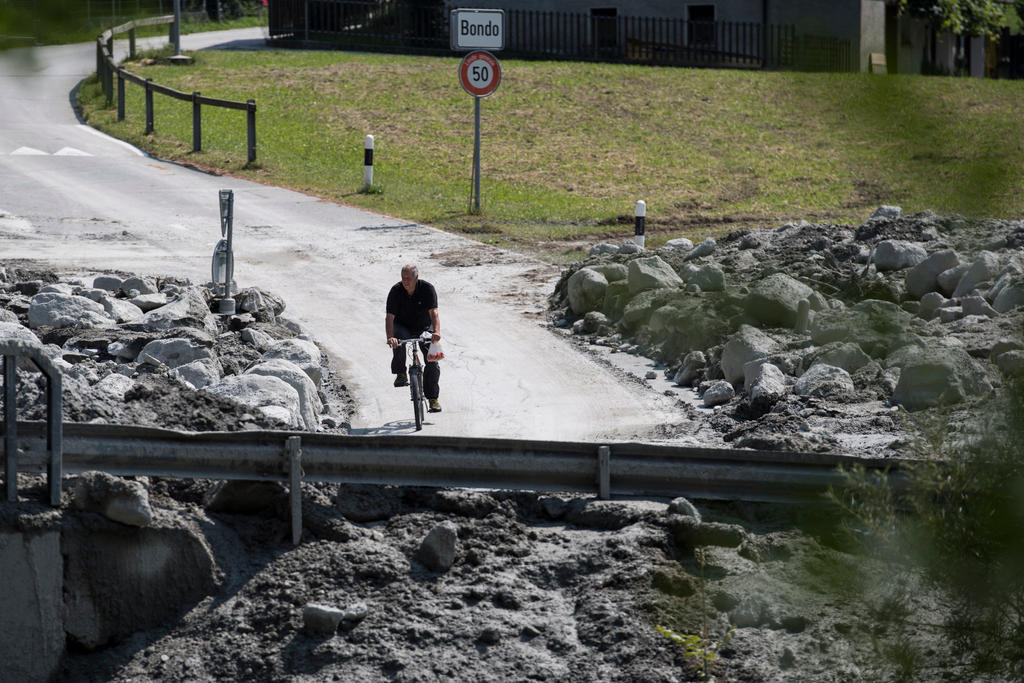
You can find an overview of ongoing debates with our journalists here . Please join us!
If you want to start a conversation about a topic raised in this article or want to report factual errors, email us at english@swissinfo.ch.